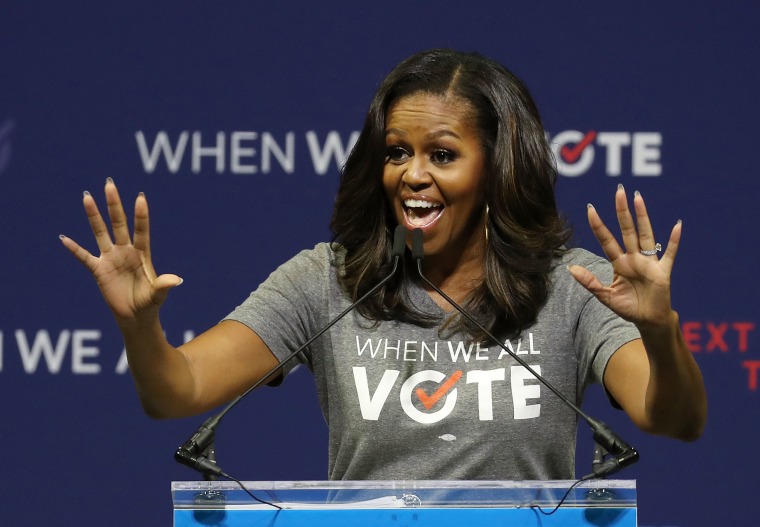by Gabriela Gabriel
Definition: how one’s process of acquiring language and its’ culture are virtually inseparable as they are utilized in a variety of ways through different linguistic, cultural, and geographic communities throughout life.
Description: Language Socialization is necessary to know how people use the languages they have learned within their language communities and it helps them understand how and why they communicate the way they do.
In language socialization, one puts linguistic features they learn into practice through speech. In analyzing stylistic features of speech or analyzing what separates different languages that people speak, one can gain insight into someone’s culture.
Also, being multilingual in certain communities creates a hegemonic relationship between Standard American English and native languages (which are often suppressed to allow for proper code-switching to accommodate to the normative speech).
To challenge inequality, becoming multilingual as a choice can help revitalize languages and allow for cross-cultural interactions between users of varieties of different languages.
Furthermore, people learn various manners of speech throughout their lives due to one’s interaction with their own communities. This is done by learning a language alongside a culture that can only be attributed to that language and hence introduces diversity.
Application: I would like to tie language socialization to a particular video I saw a few years ago. A 4-year old Russian girl is taught approximately 7 languages – Russian, English, Chinese, French, Spanish, Arabic, and German.
https://nypost.com/2016/10/19/this-4-year-old-girl-speaks-7-languages/
This connects to language socialization because Bella’s parents taught her all seven languages in the environment that is their home. One could say that Bella’s home is a speech community where certain languages are spoken and taught for a particular purpose.
In Bella’s case, her parents wanted her to have a love for languages and hence invested time and hours of speech, reading and writing to improve it. By interacting with Bella in these ways, the languages are more likely to be ingrained in her mind and become useful in everyday life.
Furthermore, one could say that there is a hegemonic standard in terms of race that is rather clear in this video. Bella is a white 4-year-old who is brought out to a show in front of thousands because of her multilingualism.
However, as I introduced in my description, there are communities where children speak multiple African and Native American languages and dialects and are not applauded in the same way Bella is. If anything, they are suppressed and forced to speak English.
What is discouraging is that children of color have to see the product of white hegemony (the white race being held above anyone who is not of this race) and the dominance of Standard American English (the type of English taught in American schools) so early on in their lives that it unfortunately becomes the norm.
Another way that language socialization can be applied is through the acquisition of culture. In my experience, I am a Dominican-American who acquired Spanish as my second language at home.
My mother would interchangeably use English and Spanish around the house in hopes that I would be fluent soon enough. Just as she planned, that was the case, but there was something learning Spanish at home came with that neither she nor I could shake: my Dominican accent.
Sure, much like 19 other countries, The Dominican Republic’s official language is Spanish. But of course, the way I learned Spanish was unique. I have a Dominican accent when I speak, often dropping the ‘s’ in many plural words like ‘nosotros’ meaning us, turning into ‘nosotro’. This is not a written grammatical rule used in the Spanish language, but it is something that can only be attributed to the Dominican culture and speech mannerisms. This makes it far easier for a Spanish speaker from another Spanish speaking country to identify Dominican Spanish.
In addition to learning Spanish at home with my mom and dad, I grew up visiting the Dominican Republic my entire life, which is how I also knew the cuisine, holidays and customs by experiencing them first hand. My parents brought such accents and customs with them to the United States and socialized them into my knowledge over time. Language Socialization notes that by definition, learning a language comes with years and years of culture passed down through generations that are used within speech.
But of course, socialized culture can be seen in speakers of different languages across the globe. An example one can see in action is the language and culture of the Japanese. As a learner of this language at the college level myself, it has definitely been no easy feat. The grammatical structure of the language, as well as its culture, are very different from the ones I grew up with and are rather difficult to get used to. In terms of grammar, Japanese is a Subject-Object-Verb language while English and Spanish are both Subject-Verb-Object languages.
In addition to this, the Japanese language has formalities as well as informalities when speaking to different people. Speaking to a new person requires bowing of the head after saying “yoroshiku onegaishimasu” which directly translates to “please treat me well” to signify respect. If one were to say or do such a thing in America towards someone who has no knowledge of this culture, one would likely be given a look of confusion.
In my Japanese class, I was required to bow when giving an assignment to my professor, or receiving it. Alongside the bow, one says “domo”(doh-mo) when receiving and “doozo”(doh-zo) when giving or offering something. In turn, this only further proves the theory of language socialization being the learning of culture alongside language as it is an impossibility for me to want to be fluent like a native and ignore the culture.
In proving this theory, I thought of how to introduce myself without using any formalities or bows. A simple hello? A wave? Perhaps that is what is done in America, yet to a Japanese native, it would come across as ignorant and rude.
To conclude, there are cultural and linguistic aspects within societal existence that can only be attributed to where someone is from geographically and or their socialization into their everyday practices over time. Whether some may argue the Chomskian idea of language acquisition over language socialization in the realm of language learning, one thing is for sure: culture and language are inseparable.

:format(jpeg):mode_rgb():quality(40)/discogs-images/R-13764988-1560624205-2043.jpeg.jpg)







